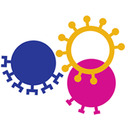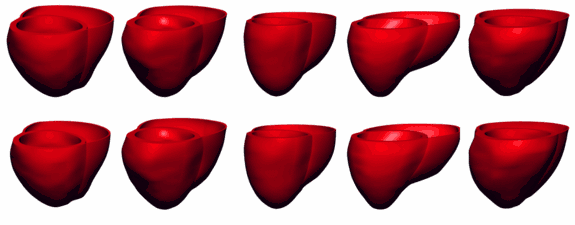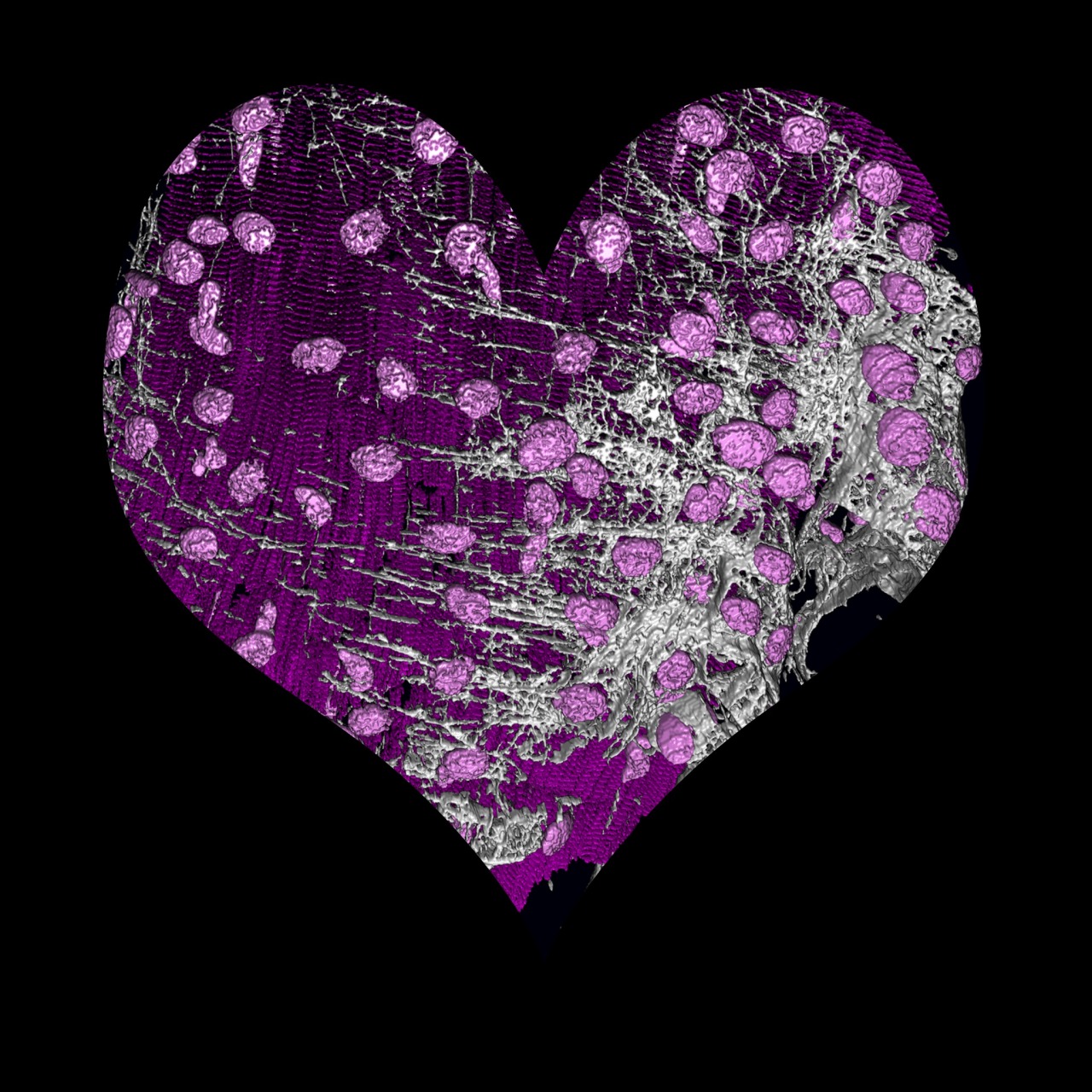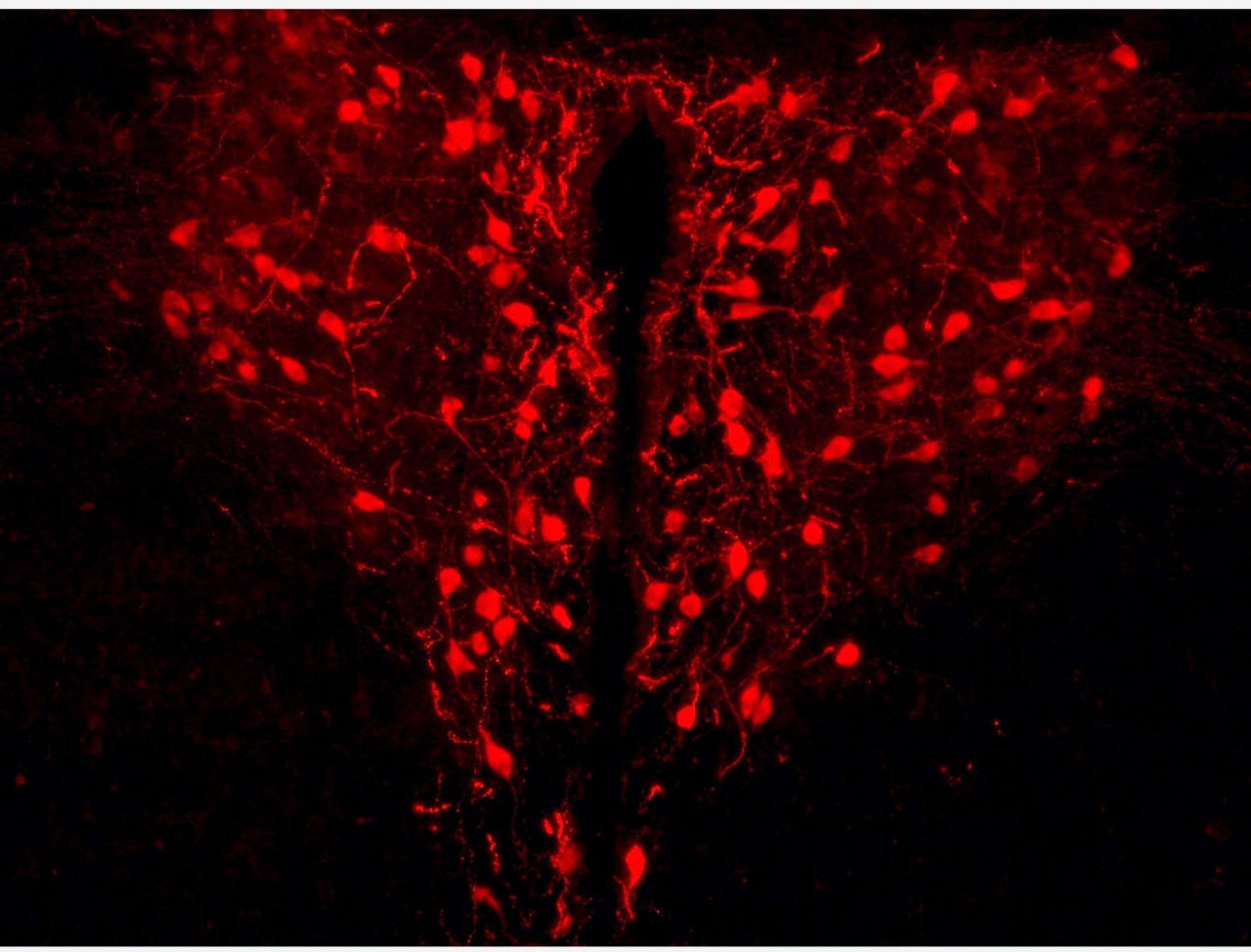Bored of red cartoon hearts? Yup, us too.
So to celebrate the holiday of love we decided it was time to share some real heart-science to WOO you on Valentine’s Day.
1. Muscle fibres of the heart, By Laurence Jackson
This image of a heart was created using a special type of imaging technology, which uses the movement of water along the heart fibres to show their orientation.
2. Intimacy visualised in the brain, By Dr Giuseppe D’Agostino
This image shows a romantic and remarkable coincidence – neurons making the ‘love chemical’ oxytocin, structured in the shape of a heart within the brain.
Oxytocin gets its name because of the part it plays in social bonding, motherhood and pleasure. When you kiss or hug a loved one, the levels of this chemical shoot right up.
3. Mending broken hearts, By Hanneke Okkenhaug and Llewelyn Roderick
This is a 3D reconstruction of a section through a rat heart. The image is from the BBSRC-funded Babraham Institute, which recently discovered how signalling processes within the heart can trigger the development of enlarged heart cells, a process called hypertrophy.
Understanding the changes that occur in the heart, in response to disease and ageing, may lead to new approaches to treat heart disease, which costs the economy about £9Bn annually.
4. The fire in your left ventricle, By Laurence Jackson
This image shows a cross section of the left ventricle revealing the highly complex muscle structure that drives a beating heart.
Standing out from the main spiralling muscle structure are the two main papillary muscles visible as thick trunks branching toward the top of the heart, these pull and then hold the heart upwards as the heart contracts to force the pumped blood out of the aorta to the rest of the body.



